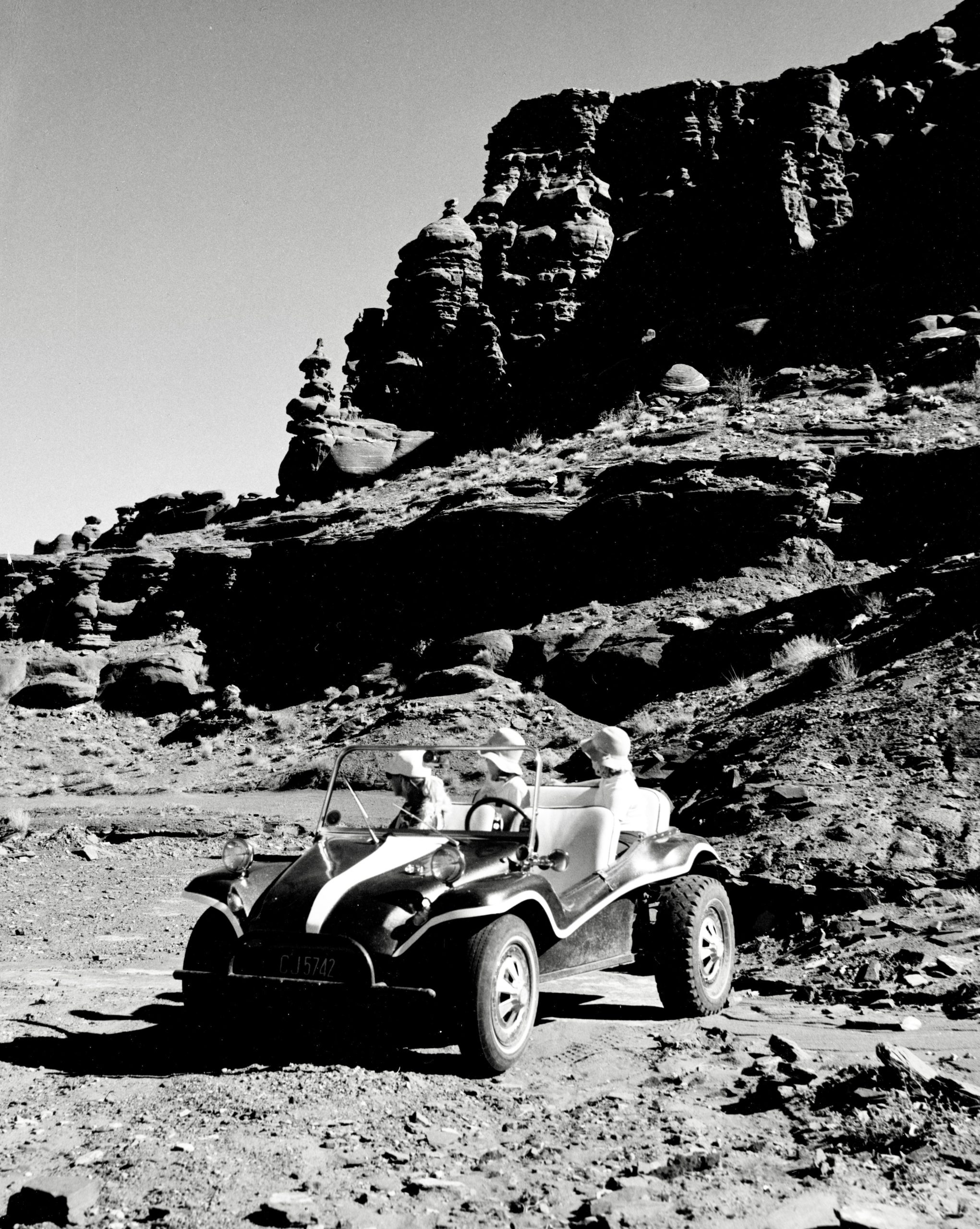Some information may be outdated.
Southeast Utah is among the most sparsely populated places in the contiguous United States. And yet despite its rugged remoteness, dirt roads crisscross the landscape. Today, many of these roads draw visitors who use them recreationally to find adventure. However, the roads were often created for very different purposes.
Some of the remote roads across southeastern Utah can be attributed to agriculture. Many of the early Euro-American settlers were ranchers who cut roads across grazing lands for the installation and maintenance of fences as well as access to ranch infrastructure.
Many of the roads across Canyon Country can be traced back to the success of mining in the area. Gold mining in the La Sal Mountains required the construction of steep and winding roads through wooded terrain, while uranium mining at lower elevations resulted in miles of road reaching across broad mesas or zigzagging into canyons. Oil exploration used seismic surveys to assess the subsurface for potential deposits of petroleum, which required moving equipment in long lines—often resulting in surprising arrow-straight roads across the landscape.
Many of these long-ago roads have been abandoned or closed, while some remain in use recreationally without their original purpose. Their histories, however, tie into the economic history of the Moab area over the years.The Moab Museum is dedicated to sharing stories of the natural and human history of the Moab area. To explore more of Moab’s stories and artifacts, find out about upcoming programs, and become a Member, visit www.moabmuseum.org.
Appreciate the coverage? Help keep local news alive.
Chip in to support the Moab Sun News.





